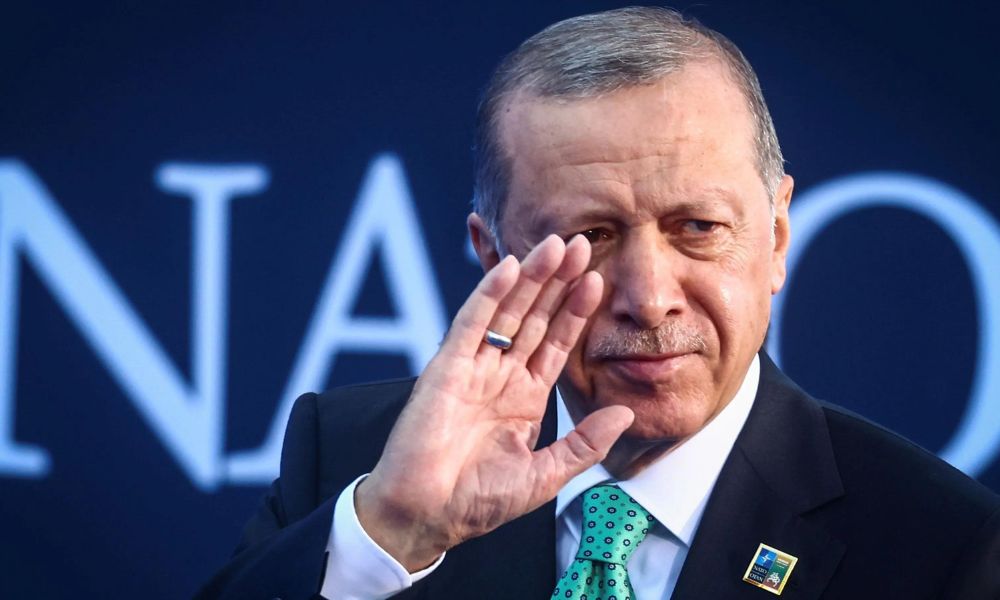
The Russian invasion of Ukraine has been a brutal and destructive conflict, with both sides suffering heavy casualties. However, the Ukrainian military has shown remarkable resilience and ingenuity in adapting to the challenges posed by Russian weapons.
One of the biggest challenges for Ukrainian soldiers is Russia's overwhelming advantage in artillery. The Russian military has a much larger number of artillery pieces than Ukraine, and they have used them to bombard Ukrainian positions with devastating effect.
To counter this threat, Ukrainian soldiers have developed a number of tactics. For example, they often use cover and concealment to avoid artillery fire, and they move their positions frequently. They also use drones to spot Russian artillery positions and direct counterfire.
Another challenge for Ukrainian soldiers is Russia's air superiority. The Russian Air Force has been able to operate with impunity over much of Ukraine, giving Russian ground forces a significant advantage.
To counter this threat, Ukrainian soldiers have relied on man-portable air defense systems (MANPADS), such as the Stinger and Starstreak missiles. These missiles have been very effective in shooting down Russian aircraft, and they have helped to level the playing field in the air war.
The Russian military has also used electronic warfare (EW) to disrupt Ukrainian communications and intelligence gathering. This has made it difficult for Ukrainian forces to coordinate their operations and to track Russian movements.
To counter this threat, Ukrainian soldiers have developed a number of EW countermeasures. For example, they use encrypted communications and they have developed new ways to gather intelligence. They have also worked with their Western allies to develop new EW technologies.
The Ukrainian military has shown remarkable resilience and adaptability in the face of these challenges. Ukrainian soldiers have developed new tactics and techniques to counter Russian weapons, and they have made effective use of Western military assistance.
This adaptability has been one of the key factors in Ukraine's success in resisting the Russian invasion. Despite being outnumbered and outgunned, the Ukrainian military has been able to inflict heavy casualties on the Russian forces and to slow their advance.
In addition to the examples mentioned above, Ukrainian soldiers have also adapted to the challenges posed by Russian weapons in a number of other ways. For example:
Ukrainian soldiers have developed new ways to use drones to attack Russian forces. For example, they have used drones to drop grenades and bombs on Russian tanks and armored vehicles.
Ukrainian soldiers have also developed new ways to detect and avoid Russian mines and improvised explosive devices (IEDs). For example, they have developed drones that can be used to map minefields and to detonate IEDs safely.
Ukrainian soldiers have also adapted their training to better prepare for the types of weapons and tactics that the Russian military is using. For example, they have developed new training courses on urban warfare and on how to deal with Russian artillery and air strikes.
The war in Ukraine is still ongoing, and it is unclear how it will end. However, the Ukrainian military has shown that it is a capable and adaptable force. Ukrainian soldiers have adapted to the challenges posed by Russian weapons in a number of ways, and they have been able to inflict heavy casualties on the Russian forces.
This adaptability has been one of the key factors in Ukraine's success in resisting the Russian invasion. It is a testament to the skill and courage of Ukrainian soldiers.